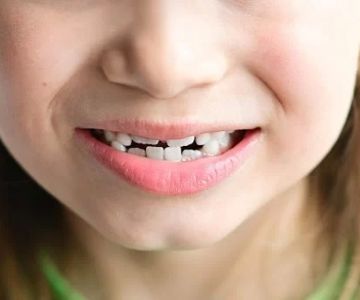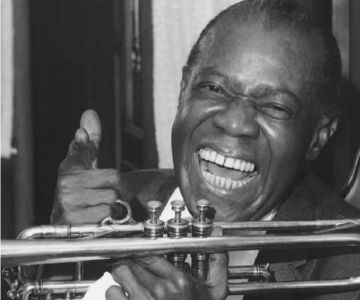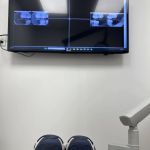- why-gum-sensitivity-happens
- how-soft-bristles-make-a-difference
- manual-vs-electric-for-sensitive-gums
- real-experiences-in-daily-care
- dentist-backed-features-to-look-for
- where-to-find-the-best
1. Why Gum Sensitivity Happens
Gum sensitivity can be caused by several factors including overbrushing, using hard-bristled brushes, poor brushing technique, gingivitis, or gum recession. When enamel wears thin or gums pull back from the teeth, even a mild brush stroke can cause discomfort. Many Americans overlook this discomfort until it becomes more than just an irritation—it becomes a barrier to consistent oral hygiene.
2. How Soft Bristles Make a Difference
One of the most effective yet simple changes is switching to a soft-bristled toothbrush. These brushes are gentle on both enamel and gums, reducing the risk of damage while still cleaning thoroughly. The American Dental Association (ADA) specifically recommends soft bristles for patients with sensitivity issues. A common misconception is that soft bristles don’t clean as well—but in fact, they often do a better job when paired with proper technique.
3. Manual vs. Electric for Sensitive Gums
There’s an ongoing debate over which is better for sensitive gums—manual or electric toothbrushes. Electric models with pressure sensors, like the Oral-B Pro or Philips Sonicare, can help prevent users from brushing too hard. A 2022 consumer study conducted in California found that over 65% of participants with sensitive gums reported improved comfort after switching to electric brushes with gum-sensitive settings. That said, a high-quality manual brush with ultra-soft bristles can also be just as effective, particularly for those with greater control and awareness of their brushing pressure.
4. Real Experiences in Daily Care
One user from Austin, TX, shared their story on a dental health forum: after suffering from recurring gum pain for years and trying countless brushes, they switched to a Japanese-imported toothbrush known for its feather-soft bristles. The difference was night and day—no more bleeding gums, no more soreness after brushing. Another mother in Ohio found that a kid’s toothbrush actually worked best for her sensitive gum line due to the ultra-soft bristle structure. These stories reflect the variety in personal needs—and the importance of trying options until one fits.
5. Dentist-Backed Features to Look For
Experts from Family Dentistry Online recommend looking for specific features when selecting the best toothbrush for sensitive gums:
- Ultra-soft bristles (nylon or silicone)
- Compact brush head for better control
- Non-slip ergonomic handle
- Built-in pressure sensors (for electric models)
- Replace every 3 months, or sooner if bristles fray
It's not just about comfort—it's about preventing further damage and promoting healing. The right toothbrush acts as both a preventive and restorative tool.
6. Where to Find the Best
If you’re unsure where to start, trusted dental care providers like Family Dentistry Online offer curated selections of toothbrushes specifically suited for gum sensitivity. These are often handpicked based on clinical research and real patient feedback. Whether you prefer high-end electric models or budget-friendly manual options, they can help guide you toward what fits your needs best.
Remember, investing in the right toothbrush today can prevent discomfort and serious gum issues tomorrow. Prioritizing your gum health is more than a luxury—it’s essential care.







 Holliston Complete Dentistry5.0 (138 review)
Holliston Complete Dentistry5.0 (138 review) Oswego Commons Family Dental4.0 (972 review)
Oswego Commons Family Dental4.0 (972 review) Ladera Dentistry5.0 (770 review)
Ladera Dentistry5.0 (770 review) Dr. Dental: Dentistry & Braces4.0 (438 review)
Dr. Dental: Dentistry & Braces4.0 (438 review) Ichimura Dave DDS0.0 (0 review)
Ichimura Dave DDS0.0 (0 review) Sandy Point Dental5.0 (333 review)
Sandy Point Dental5.0 (333 review) The Importance of Oral Health Education During Pregnancy for a Healthy Pregnancy
The Importance of Oral Health Education During Pregnancy for a Healthy Pregnancy Best Tips for Brushing Your Teeth Properly for Healthy Gums: Essential Techniques for Oral Health
Best Tips for Brushing Your Teeth Properly for Healthy Gums: Essential Techniques for Oral Health Why Skipping Dental Checkups Can Lead to Bigger Oral Health Problems
Why Skipping Dental Checkups Can Lead to Bigger Oral Health Problems Advantages of Porcelain Dental Restorations
Advantages of Porcelain Dental Restorations How Can Diabetes Cause Tooth and Gum Problems? Preventing and Managing Oral Health Issues
How Can Diabetes Cause Tooth and Gum Problems? Preventing and Managing Oral Health Issues Healthy Habits for Promoting Good Oral Health and Hygiene: Tips for a Healthy Smile
Healthy Habits for Promoting Good Oral Health and Hygiene: Tips for a Healthy Smile